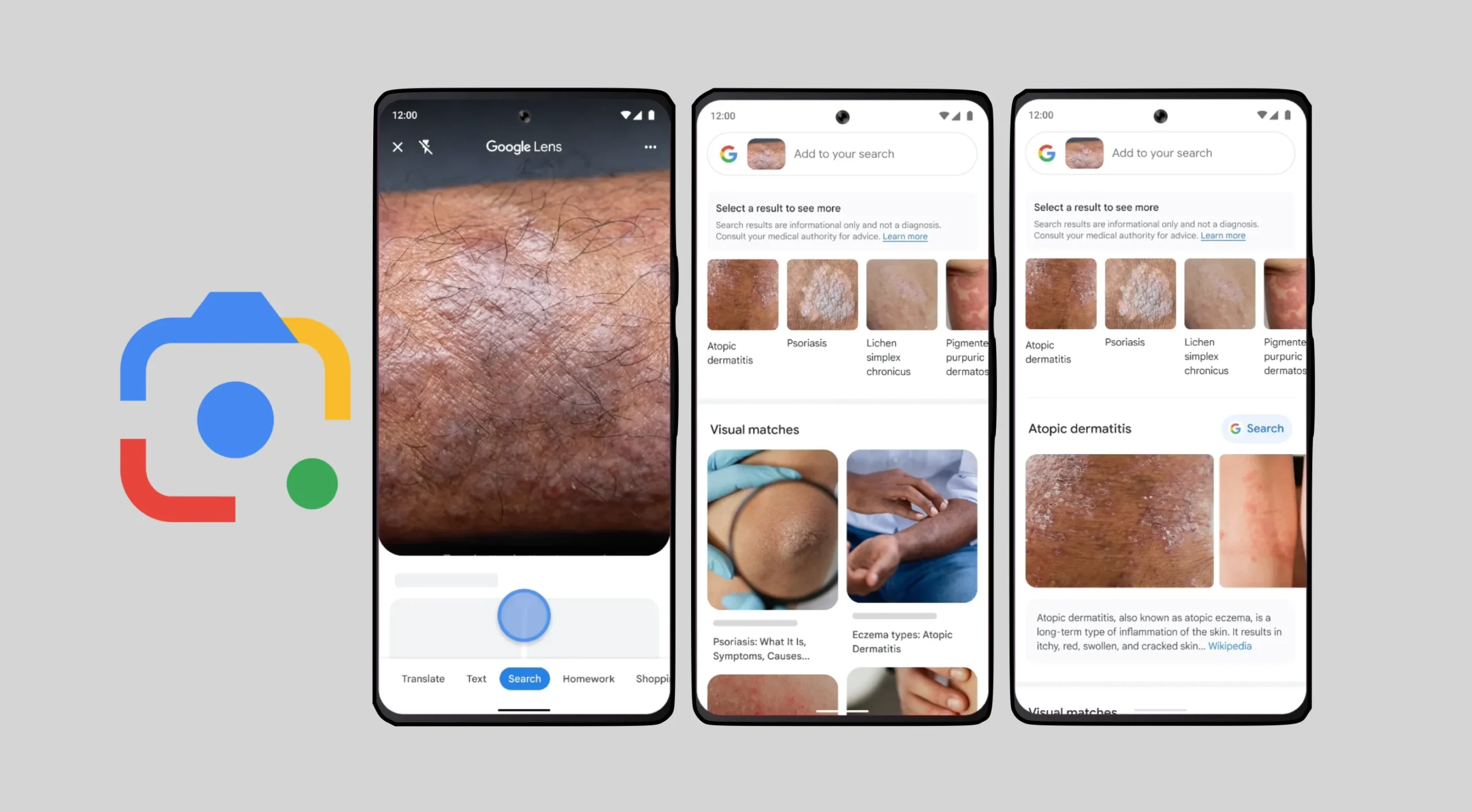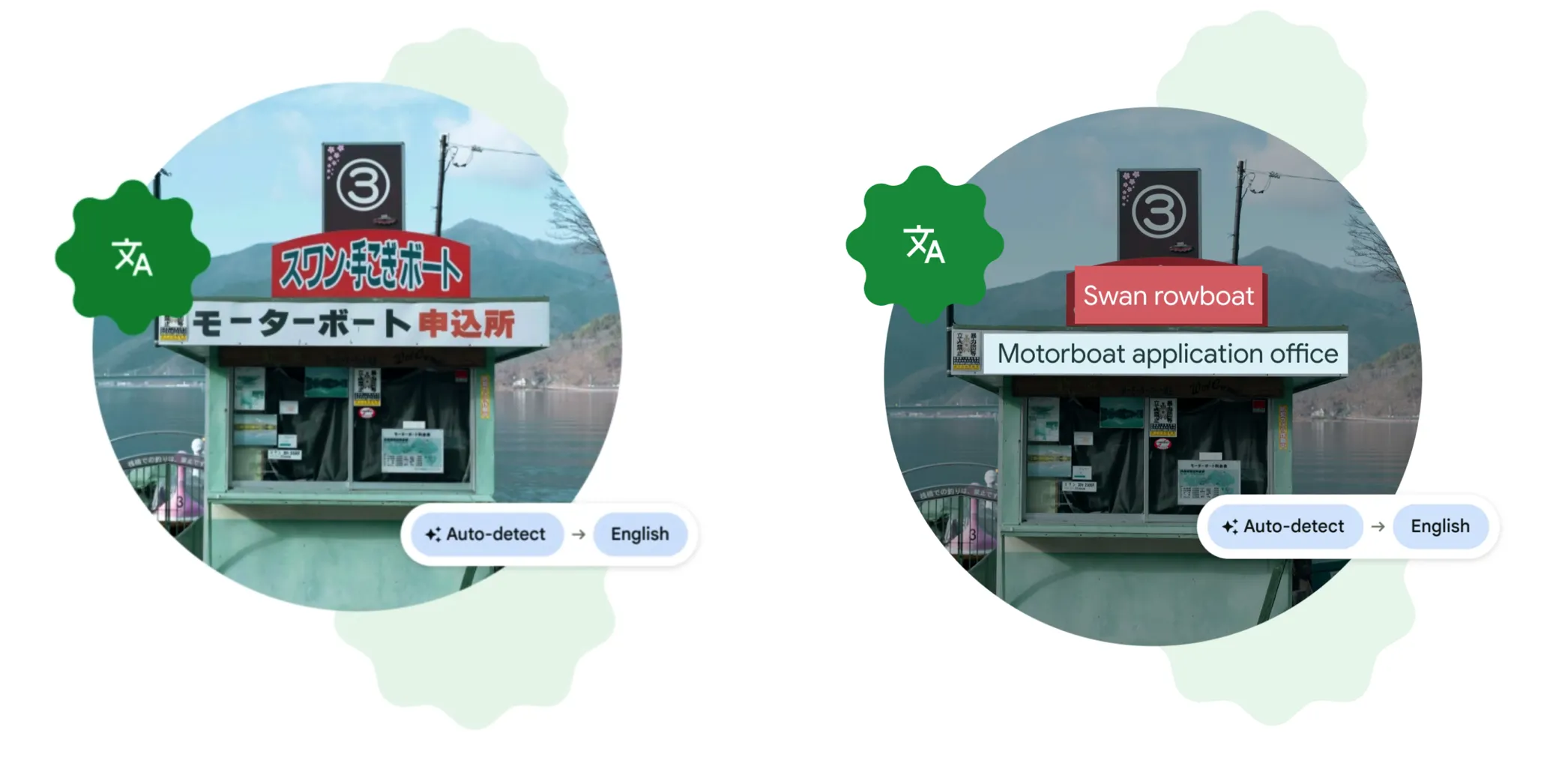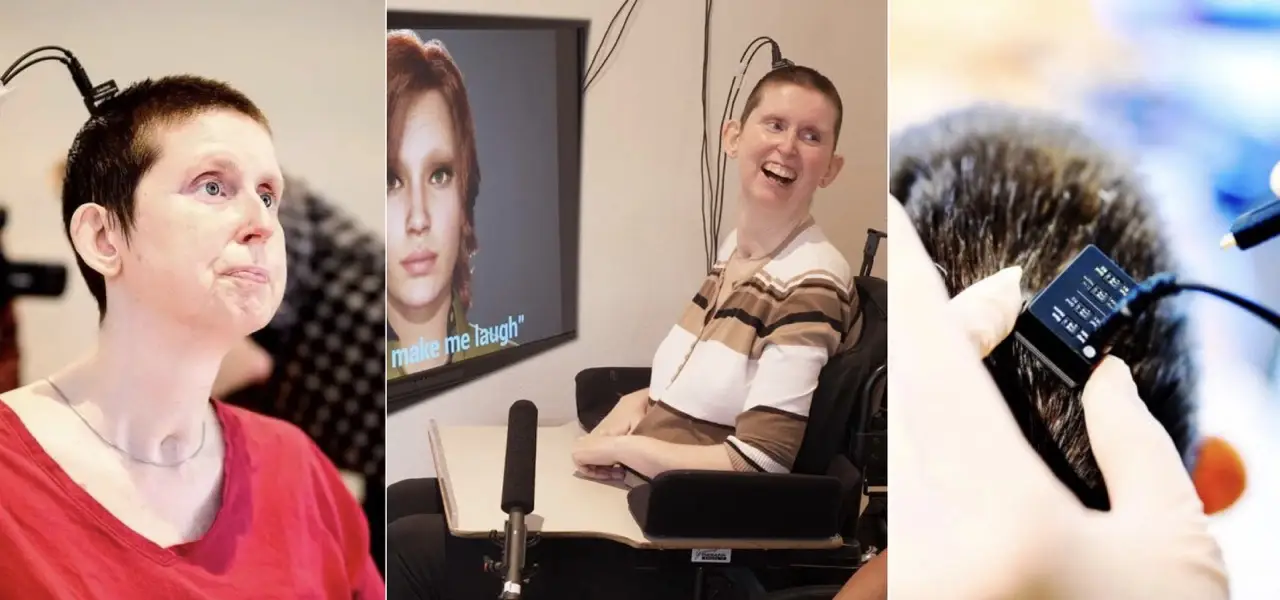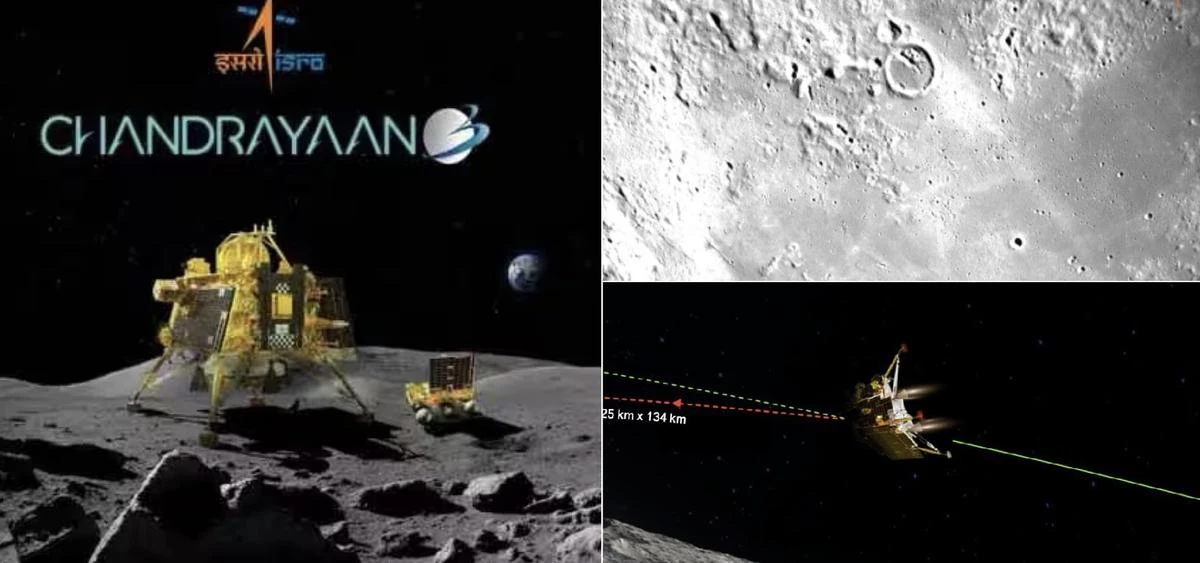In a world increasingly driven by visual content, Google Lens emerges as a groundbreaking innovation that completely transforms the way we interact with our surroundings. Developed by Google, this cutting-edge technology harnesses the power of artificial intelligence (AI) and computer vision to provide users with an unprecedented level of visual intelligence.

Photo Credit: Google
In today’s visually-driven world, Google Lens is redefining the way we interact with our surroundings. Developed by Google, this groundbreaking technology utilizes the power of artificial intelligence (AI) and computer vision to provide users with an unparalleled level of visual intelligence. From deciphering text to identifying objects and exploring the world around us, Google Lens opens up endless possibilities by seamlessly merging the physical and digital realms. Google Lens now allows users to search for skin conditions visually and offers a range of other powerful features to enhance user experiences.
A Multifaceted Tool for Visual Search
One of the most remarkable features of Google Lens is its ability to enable users to search for information using images instead of keywords. By simply pointing their smartphone’s camera at an object or scene, users can unlock a wealth of knowledge. Google Lens has been updated with a new feature that allows users to check for potential skin disorders by just taking a photo. This improvement is consistent with Google’s goal of making everything visible and searchable. Lens, in addition to the skin condition search, has a number of tools to assist users in their visual search activities.
Text Recognition and Translation Made Easy
Gone are the days of tediously typing out text from books or documents. Thanks to Google Lens, optical character recognition (OCR) technology can now recognize and extract text from images. This feature proves invaluable for students, researchers, and anyone seeking to efficiently digitize information.
Photo Credit: Google

Google Lens goes a step further by offering real-time text translation. By pointing your camera at street signs, menus, or other written material, you can instantly decipher 100 foreign languages.
Assisting Users With Skin Condition Concerns
Google recognizes the difficulty of describing skin abnormalities using words alone. To address this challenge, Lens now provides visual matches to skin conditions based on uploaded photos or captured images. Users can crop into the affected area, and Lens will display visual matches in a convenient carousel format, empowering users to gather more information about their concerns.
Beyond Skin Conditions: Landmarks and More
In addition to searching for skin conditions, Google Lens expands its utility to other areas. Users can now leverage Lens to identify major landmarks, such as buildings, and receive relevant information along with useful links for further exploration. Furthermore, Lens assists users in learning about plants, animals, and other objects they encounter, making it a versatile tool for various visual search needs.
Smart Shopping and Augmented Reality
Google Lens is revolutionizing the way we shop by seamlessly integrating with e-commerce platforms. Users can effortlessly scan barcodes or even book and DVD covers to access detailed product information, compare prices, and read reviews. Moreover, with the help of augmented reality (AR), Google Lens allows you to visualize how furniture, decor, or clothing would look in your own space before making a purchase. Recognizing the challenges of online clothes shopping, Google introduces new tools to alleviate uncertainties. Users can now refine clothing searches by color, style, and pattern, helping them find their desired items more efficiently. Moreover, a virtual try-on tool powered by generative AI allows users to visualize how clothes will look on different body types, improving the overall shopping experience.
Enhancing Accessibility
One of the most impactful aspects of Google Lens is its contribution to enhancing accessibility for individuals with visual impairments. By utilizing the smartphone camera as a “seeing eye,” the app can audibly describe objects, identify colors, and read aloud text in real time. This groundbreaking feature opens up new possibilities for independent navigation and information gathering, further promoting inclusivity in our increasingly digital society.
Integration with Google Apps and Services
Google Lens seamlessly integrates with various Google apps and services, amplifying its utility and convenience. For example, you can access Lens directly from your Google Photos app to extract text from images or identify objects captured in photos. Additionally, Lens integrates with Google Maps, allowing users to effortlessly gather information about businesses, landmarks, and more without leaving the navigation interface.
Immersive View and Enhanced Trip Planning
Google continues to enhance its offerings for travel enthusiasts. Immersive View enables users to explore various locations in different conditions, providing a unique and immersive experience. Additionally, updates to Google Maps enhance trip planning by saving locations across browsing sessions and providing AI-generated summaries of places, enriching users’ understanding of their destinations.
A Word of Caution and Future Integration
While Google Lens provides valuable insights, it is crucial to note that it is not a substitute for professional medical advice. Users are advised to consult with medical authorities for accurate diagnoses. Looking ahead, Google plans to integrate Lens with its AI chatbot, Bard, enabling users to include images in prompts and receive assistance in identifying objects or entities.
Conclusion
In conclusion, Google Lens continues to evolve as a powerful visual search tool. With the ability to search for skin conditions, identify landmarks, translate text, assist with homework, and provide innovative shopping features, Lens offers a wide range of functionalities to enhance user experiences. While it simplifies certain tasks, it is important to remember its limitations and seek professional advice when necessary. Google’s commitment to expanding Lens’s capabilities demonstrates its dedication to improving the way we search and interact with the world around us.













